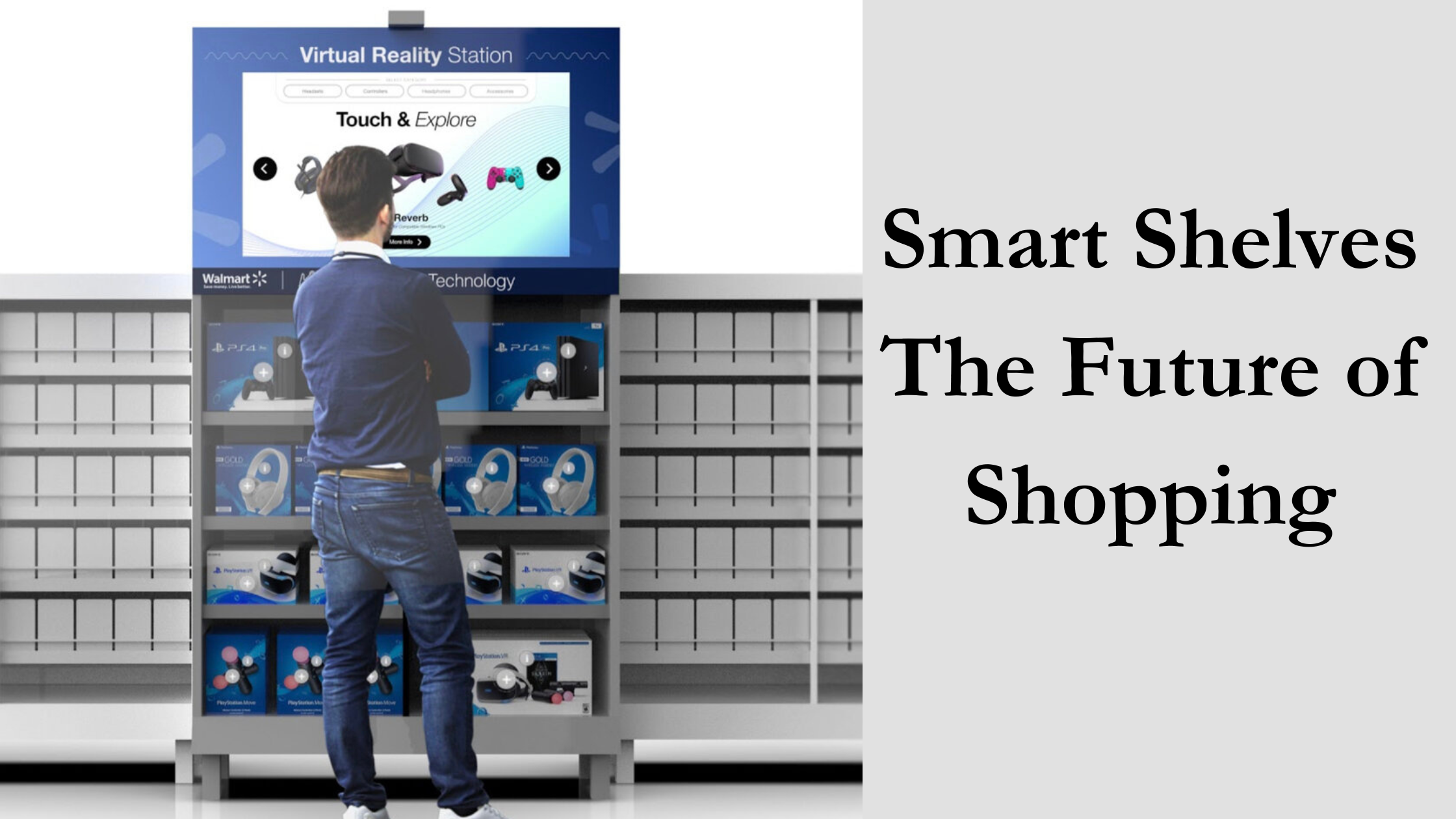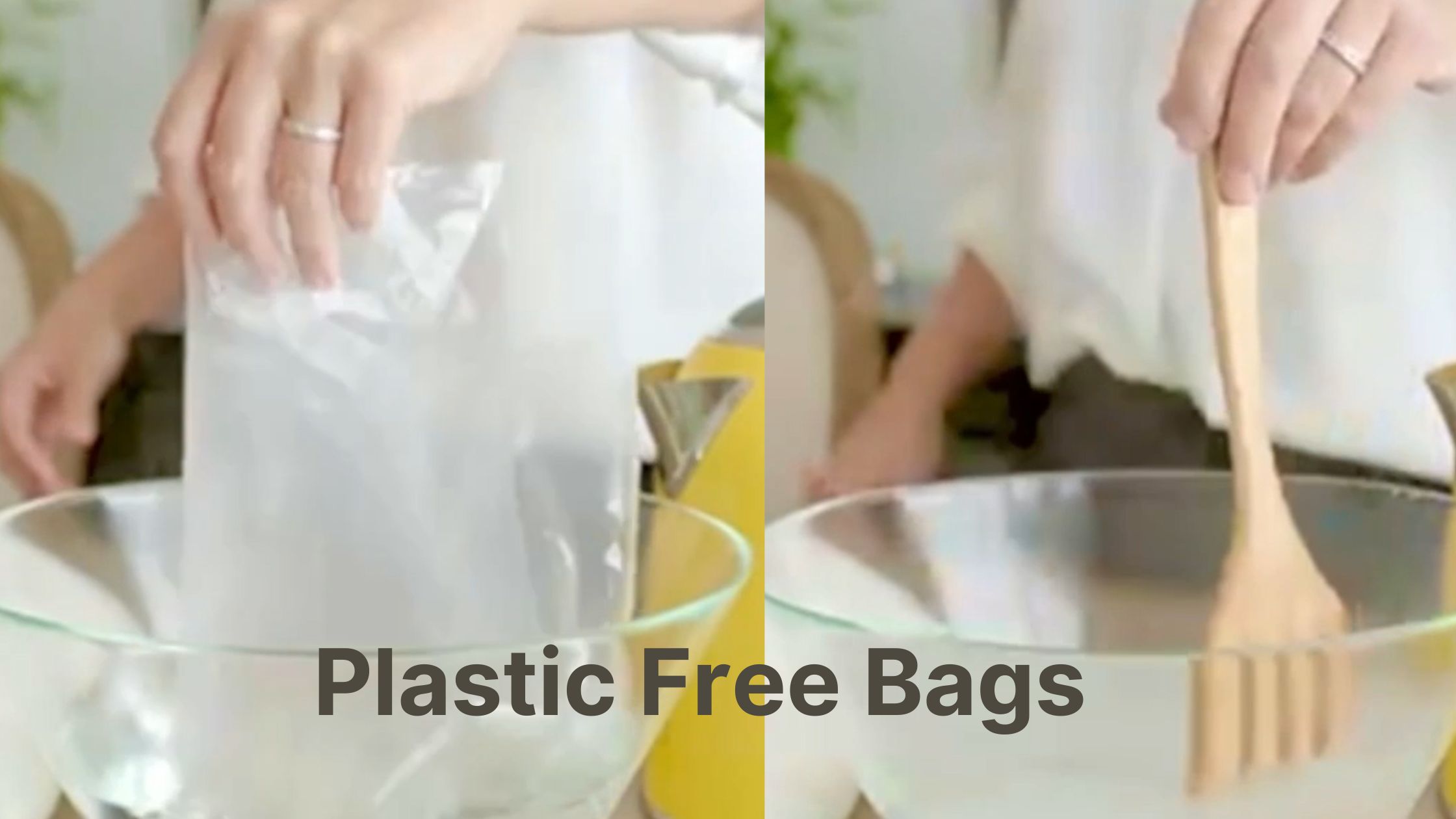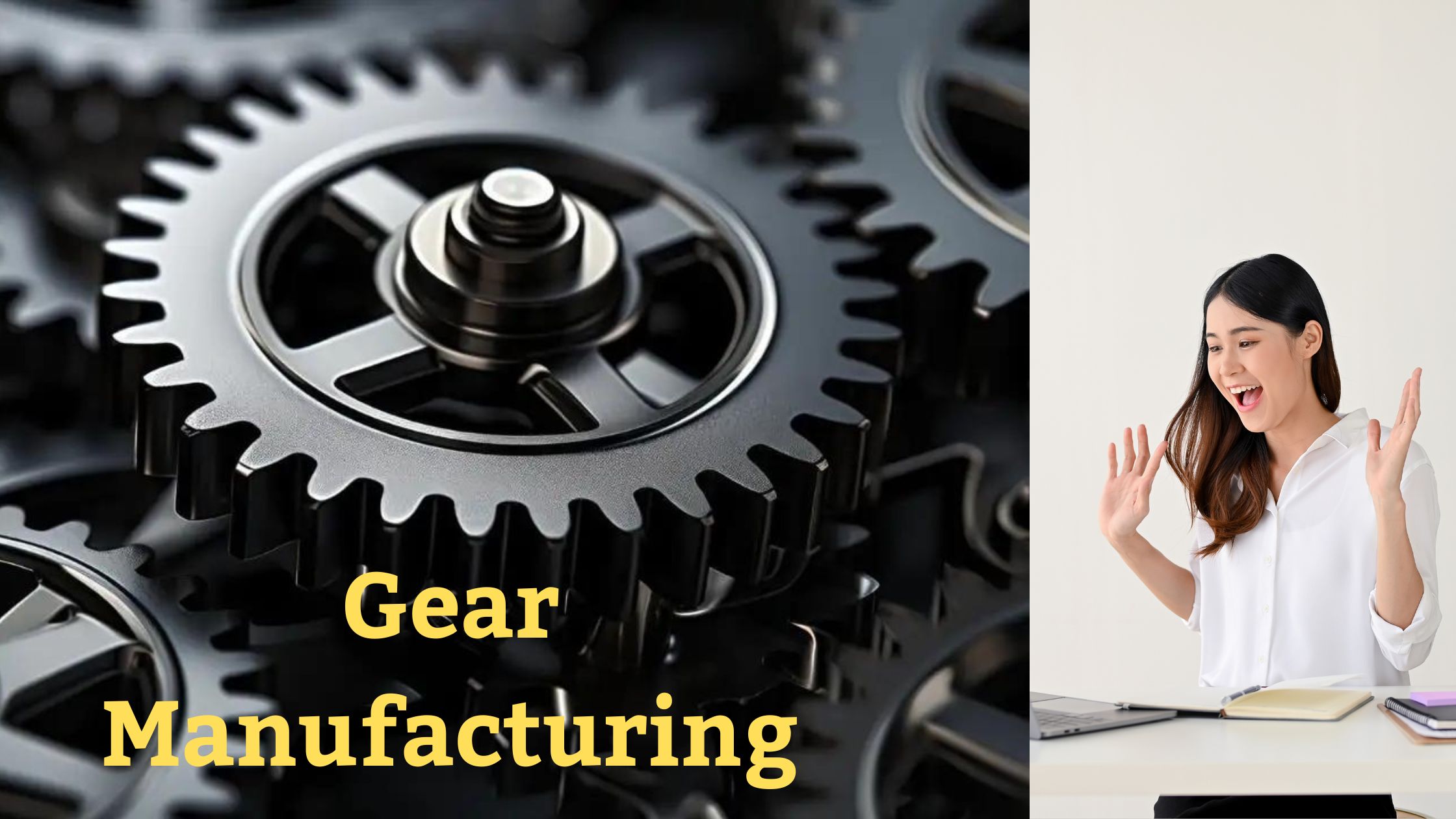Smart shelves are among the most promising examples of next-generation retail technology. The electronic linked shelves referred to as “intelligent shelves” or “smart shelves” are made to automatically keep track of inventory in any retail outlet. Manufacturers may obtain sales statistics and real-time use information about their products. Smart shelves offer thorough product information, cross-selling recommendations, and marketing ideas by combining sensors, digital displays, and RFID tags. They also give businesses priceless data into consumer preferences and purchasing habits.
One of the main problems the retail business is now facing is the lack of inventory products in retail stores, which leads to client discontent. Smart shelf technology makes it possible to detect stock availability automatically and notifies retail establishments when supplies are running short or when things have been moved from their original location. Smart shelves that are linked to the internet can provide useful information on client habits and pertinent details about how to dynamically improve their in-store experience.
Smart Shelves’ Benefits For Retailers
- Retailers may use smart shelves to make more educated decisions about stocking and inventory, alert the back-end system about the number of products already on the shelf, monitor product levels, identify theft, and locate misplaced things.
- The shelf, or network of shelves, may broadcast product inventory data as it changes to store owners, managers, associates, buyers, warehouse workers, or manufacturers, as appropriate. This eliminates the need to place orders and carry out a physical count at a warehouse or storeroom.
- allows for remote access to store or shelf information, visibility of stock levels, and product cross- and up-selling.
- minimizes lost sales chances and out-of-stock situations.
Benefits To Customers Of Smart Shelves
- Identify the stores in the area
- By offering thorough product details like product origin, reviews, and special offers, you may improve the purchasing experience.
- Enable product reviews to be used to analyze product popularity
- Optimal ways to interact with the items should be suggested to improve the user experience.
- Encourage brand loyalty
Manufacturer Advantages of Smart Shelves:
- assist manufacturers with product branding
- enabling businesses to honor customer loyalty
What It Does
Retailers and manufacturers may utilize real-time inventory data from smart shelves to maximize stock availability. To improve customers’ in-store shopping experiences, retailers might concentrate on offering customer-centric retail space. Gaining increased visibility helps manufacturers connect with consumers and facilitates branding.
To keep an eye on the inventory on the shelves, the shop shelves are fitted with weight sensors, proximity sensors, 3D cameras, microphones, RFID tags, NFC, electronic printed tags, LED sensors, optical sensors, IOT sensors, etc. When a consumer selects an item off the shelf, Smart Shelves send an alert to staff members or shop managers on their linked mobile device when inventory levels are low. The shopkeepers restock the inventory.
New Innovations/Technologies
A cutting-edge option for running retail establishments is called ELECTRONIC SHELF LABELS (ESLs). Instead of publishing product information and prices on paper, it shows information in real time utilizing electronic/digital paper and screens. The pricing display may be manually adjusted or updated automatically at the business’s option thanks to a communication network. Infrared, radio, or even visible light are the bases for wireless communication. The electronic shelf labels’ QR codes connect offline and online goods through these connections. When used in conjunction with the shelf management technology, retailers may run promotions quickly and engage with consumers more often.
PERSONALIZED ADVERTISEMENTS: Apps on a customer’s smartphone can communicate with smart shelves. A bargain, for instance, on the same product that was purchased on the previous visit, can be shown when sensors put in the shelves detect when customers are approaching them. Additionally, the smart shelves may interact with a customer’s shopping list created using a store’s app and direct them to specific goods on the shelves. It is predicted that some customers may give their personal information and purchasing history in order to get a price, despite privacy and data gathering concerns. Within any pre-defined limits, smart cameras may record and identify the gender and age of clients. Additionally, the technology captures clients’ facial expressions while they view advertisements, giving merchants a sense of how they are feeling and revealing information about the items they like or dislike. Beacons, proximity-based communication devices that employ low-energy Bluetooth technology, are used by smart shelf technology to provide tailored messages and promotions to customers’ cellphones.
IOT SENSORS: The Internet of Things (IoT) is a network of interconnected items that are equipped with electronics, software, sensors, actuators, and other components that allow them to gather and share data. One of the most fundamental applications for internet of things (IoT) sensors in a supermarket is temperature management. Smart shelves may also gather data through the internet of things, which can then be transmitted to shop workers for examination. This technology can influence how products are displayed in stores and assist supermarkets in determining which things shoppers find appealing. Digital displays may use IoT technology to show tailored promotions based on gathered data in addition to ads and catalogs.
The fifth (and newest) generation of wireless technology is known as 5G. Sensor-enabled shelves may track a product’s position, ping a distribution center to replenish its stock, and also dynamically track the status of that shipment. Additionally, 5G has the ability to develop whole new kinds of shopping experiences, such as an augmented reality app that activates when you enter a store and directs you to the shelf where your desired item is located.
RFID: An RFID reader typically features a tag with a microchip, reader, and antenna for data transmission and reception. Information is electronically saved on the tags. Smart barcodes and radio waves are combined in RFID tags to identify objects and send data about them. Recently, RFID-enabled smart shelves have garnered a lot of interest. Smart shelves with RFID capabilities guarantee that products are placed where they are needed and enable automated data gathering and distribution throughout the supply chain. When shelves need to be restocked or when they are empty, RFID tags can notify store staff. Every item has RFID tags, and robotic checkouts may automatically scan your purchases to speed up checkout.



